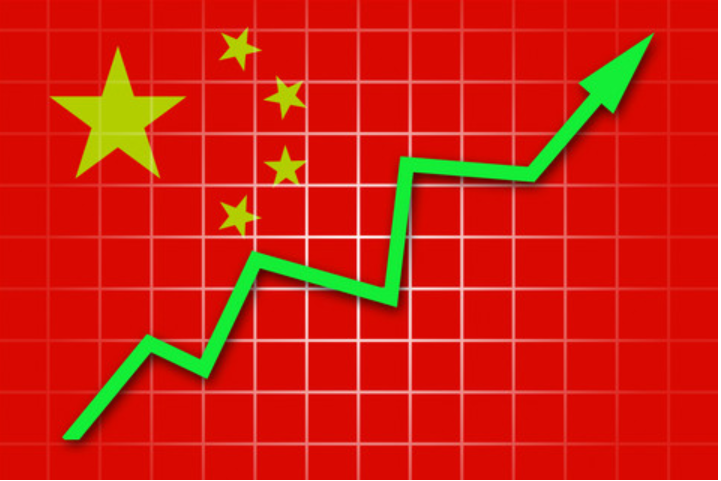Den kinesiske eksport i september steg overraskende – med 28,1 pct. i forhold til august. Det var meget mere end forventet, især fordi der har været flaskehals- og energiproblemer. Importen steg mindre end forventet, men med 17,6 pct. Dermed blev også handelsoverskuddet større end ventet, på 66,7 milliarder dollar. Også handelsoverskuddet over for USA steg, til 42 milliarder dollar. Den handelskrig, som Donald Trump iværksatte, har stort set ikke haft nogen virkning.
China Sept export growth unexpectedly picks up, imports slow
* Sept exports +28.1% yr/yr vs +21% forecast in Reuters poll
* Sept imports +17.6% yr/yr vs +20% forecast
* Sept trade balance $66.76 bln vs $46.8 bln forecast
China’s export growth was faster than expected in September, as solid global demand offset some of the pressure on factories from power shortages and a resurgence of domestic COVID-19 cases.
China’s exports in September rose 28.1% from a year earlier, up from a 25.6% gain in August. Analysts polled by Reuters had forecast growth would ease to 21%.
The world’s second-largest economy staged a strong rebound from the COVID-19 pandemic but there are signs the recovery is losing steam. New problems including high demand for raw materials and supply bottlenecks have dimmed China’s economic outlook.
Power shortages caused by a transition to clean energy, strong industrial demand and high commodity prices, have halted production at numerous factories including many supplying firms such as Apple (AAPL) and Tesla.
Recent data has pointed to a slowdown in production activity. China’s manufacturing PMI unexpectedly shrank in September as industrial firms battled with rising costs and electricity rationing.
Imports increased 17.6%, lagging an expected 20% gain in a Reuters poll and compared with 33.1% growth the previous month.
China posted a trade surplus of $66.76 billion in September, versus the poll’s forecast for a $46.8 billion surplus and $58.34 billion surplus in August.
Many analysts are expecting the central bank to inject more stimulus by cutting the amount of cash banks must hold as reserves later this year to help small and medium-sized enterprises.
China has largely contained coronavirus outbreaks driven by the more infectious Delta variant, but analysts say the country’s “zero-tolerance” COVID-19 policy and stretched international shipping capacity could be constraints.
China’s trade surplus with the United States rose to $42 billion, Reuters calculations based on the customs data showed, up from $37.68 billion in August.
Last week, top trade officials from the United States and China reviewed the implementation of the U.S.-China Economic and Trade Agreement.
The United States has been pressing China to hold its commitments under a ‘Phase 1’ trade deal which has eased a long running tariff war between the world’s two largest economies. The Phase 1 deal is due to expire at the end of 2021.

